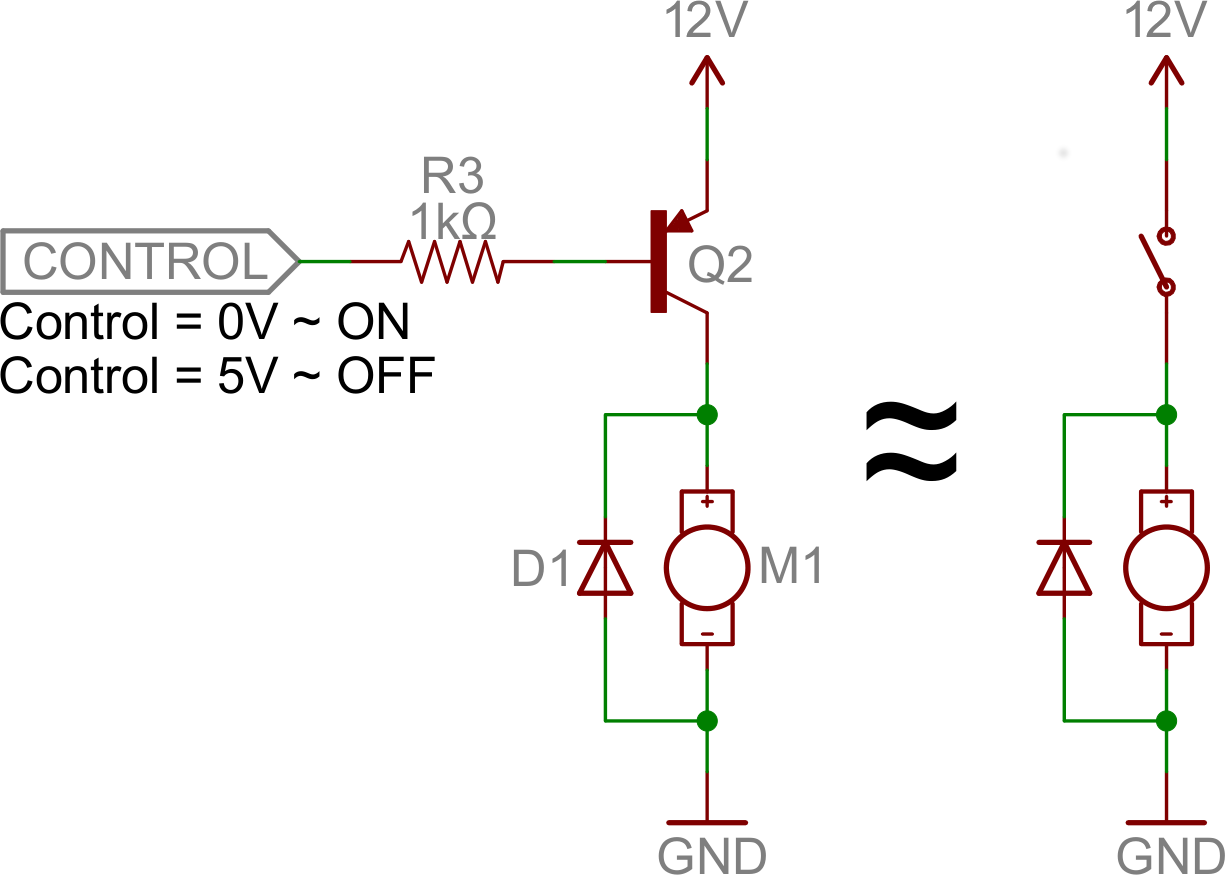
How to Use a Transistor as a Switch?
If you’ve ever wondered how to use a transistor as a switch, you’re in the right place. Transistors are essential components in electronic circuits, and one of their most commonly used applications is as a switch. In this article, we’ll guide you through the process of using a transistor as a switch, step by step. Let’s dive in!
What is a Transistor?
Before we get into how to use a transistor as a switch, let’s first understand what a transistor is. A transistor is a semiconductor device that can amplify or switch electronic signals and electrical power. It consists of three layers of semiconductor material, known as the emitter, base, and collector. Transistors come in various types, such as bipolar junction transistors (BJTs) and field-effect transistors (FETs).
Using a Transistor as a Switch
When using a transistor as a switch, its main function is to control the flow of current between the collector and emitter terminals. By applying a small current or voltage to the base terminal, you can turn the transistor on or off, allowing a larger current to flow through the collector and emitter terminals. This characteristic makes transistors ideal for use as switches in electronic circuits.
Here’s a step-by-step guide on how to use a transistor as a switch:
- Choose the appropriate transistor type: Depending on your circuit requirements, select either a BJT or FET transistor.
- Identify the terminals: Transistors have three terminals – the collector, base, and emitter. Make sure you know which terminal is which.
- Connect the transistor in the circuit: Connect the collector terminal to the positive voltage supply, the emitter terminal to the load, and the base terminal to the control signal.
- Apply a signal to the base terminal: To activate the switch, apply a small current or voltage to the base terminal. This will allow a larger current to flow from the collector to the emitter.
- Ensure proper biasing: Make sure the transistor is biased correctly to ensure proper operation and avoid damaging the component.
By following these steps, you can effectively use a transistor as a switch in your electronic circuits. Whether you’re turning on a light bulb, controlling a motor, or switching between audio sources, transistors provide a flexible and efficient solution for your switching needs.
Conclusion
Transistors are versatile components that play a crucial role in modern electronic devices. By understanding how to use a transistor as a switch, you can leverage this functionality in your circuits to control current flow and switch between different states. We hope this guide has helped you grasp the basics of using a transistor as a switch. Experiment with different circuits and applications to explore the full potential of transistors in your projects. Happy experimenting!
Was this helpful?
0 / 0